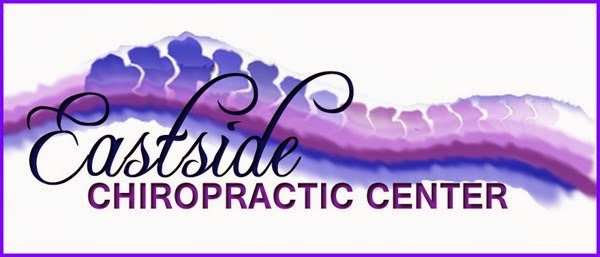
Yes folks, here it is, the moment we’ve all been waiting for: today is the Vernal Equinox, aka the first day of spring. And even if the signs of upcoming weather don’t necessarily indicate a full-on heatwave, we’re still pretty excited. After all, this winter has been notoriously rough, with numerous snowstorms, plunging temperatures and excessive time spent cooped up inside. That’s about to change--a fact which, from a health standpoint, has huge ramifications! Let’s run down some of the changes spring has in store.
First and foremost, let’s return to a topic we’ve gone over before: the great fruits and vegetables coming our way! The spring harvest is when a huge percentage of our most popular produce is at its best taste and value--everything from apricots to lettuce to turnips (and everything in between) will be accessible at farmers markets, foragers’ stalls, and even your better supermarkets. Remember, focus on organic and locally-sourced produce and you should be in great shape--literally! From a taste, texture and nutritional standpoint, you can’t go wrong with the upcoming spring bounty.
Another major health boost headed our way courtesy of spring? The increased daylight hours, and the vitamin D in all that sunshine! Vitamin D is a necessary component of our body’s bone health levels--in addition to numerous other functions, it helps to protect against osteoporosis, arthritis and other bone and joint conditions that may rear their ugly heads, especially as we age. Vitamin D may even be linked to antidepressive properties--which is not much of a surprise, as anyone who gets to spend some time in the sun after six months indoors can attest. Indeed, there are few ways in which a little bit of extra sunshine doesn’t make us feel better, and with sunsets coming later and sunrises coming earlier, there’s a lot more to go around. Get out there and take advantage!
Lastly, there is that cliché that comes with the vernal equinox: spring cleaning! Sure, it may seem silly (as hopefully you haven’t let your house get completely filthy this whole winter season!) but cleaning, de-germing and refreshing your home has verifiable health effects. Getting rid of germs--bacteria, mold and other triggers for allergies and colds--can offset the spring allergies that sometimes come with the season. Know your triggers and be aware of factors (like a high pollen count or a sensitivity to dust) that might affect your health, but more generally, go ahead and follow through on the cleaning that you might have been putting off--dusting out-of-the-way surfaces, washing sheets and bedspreads, and staying aware of dust and humidity levels in your home.
With these and other health boosts offered up by springtime, you can understand our enthusiasm for today’s equinox! If you’ve been waiting on fresh & local nutritious foods, the bodily healing that comes from the right amount of sunlight exposure and the freshness of a well-kempt household, you’ve hit the jackpot! Spring is the time to get into all this and more. Your health upgrade starts today!






